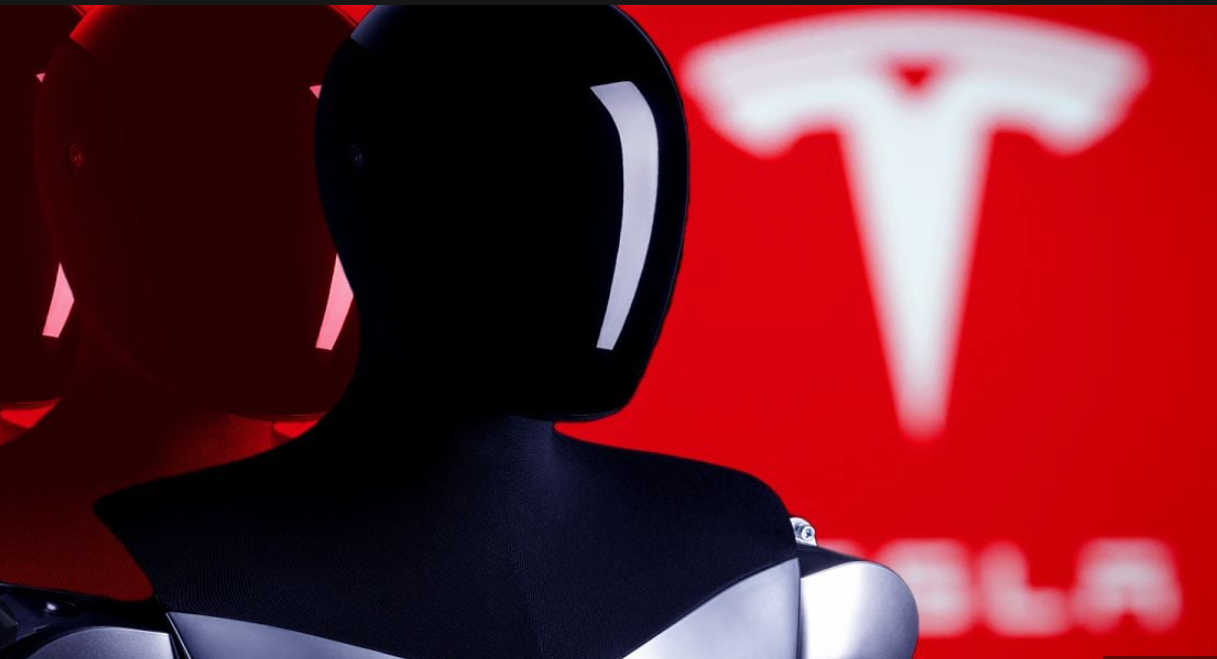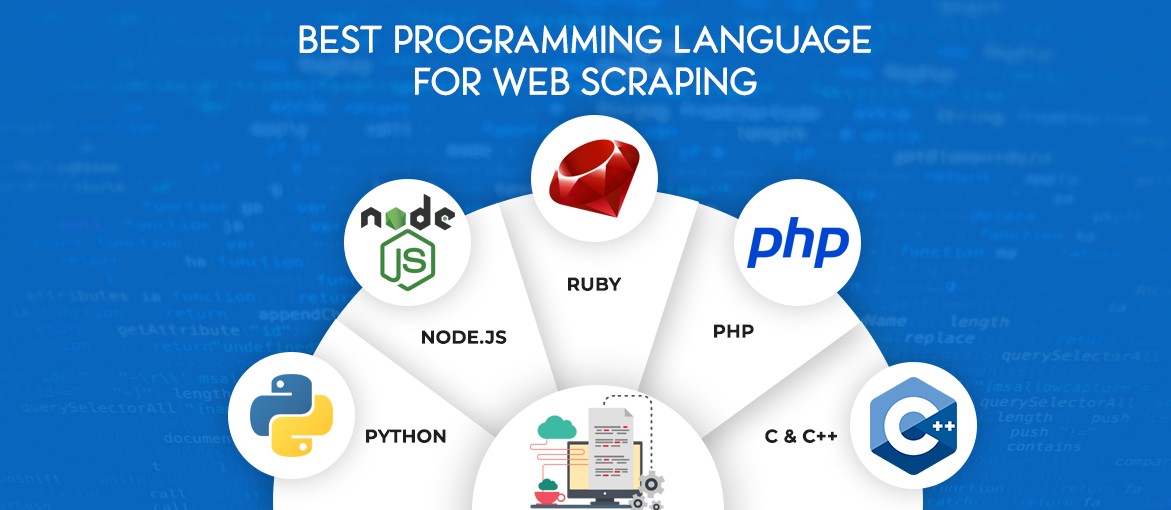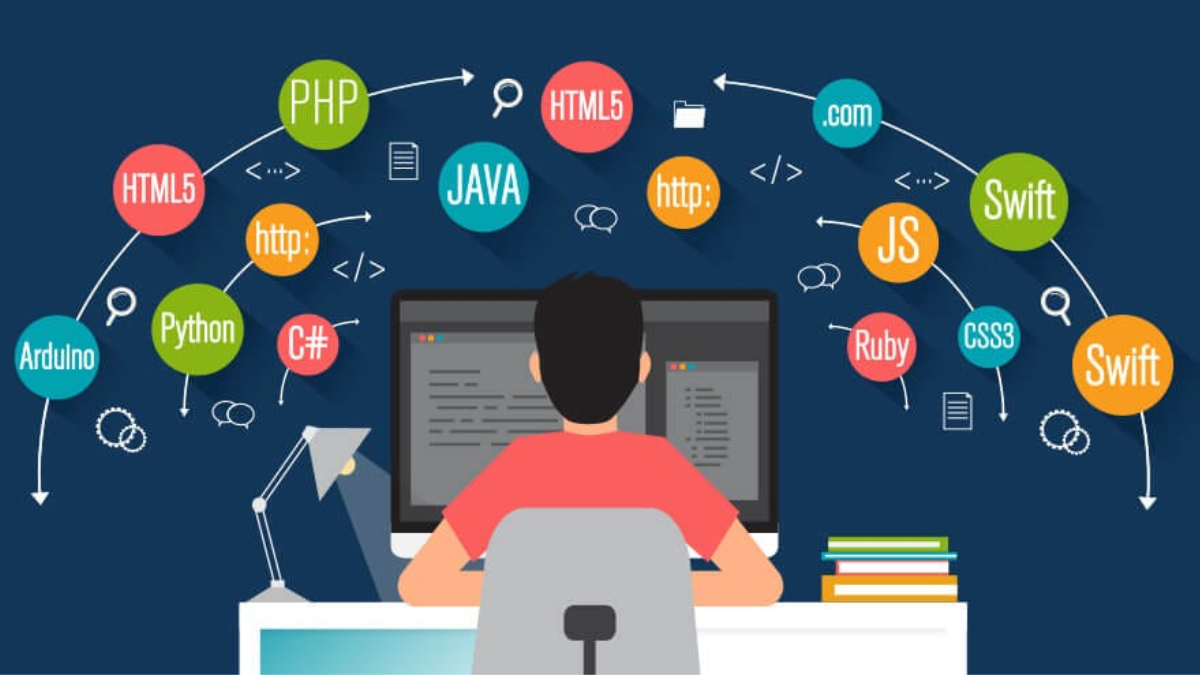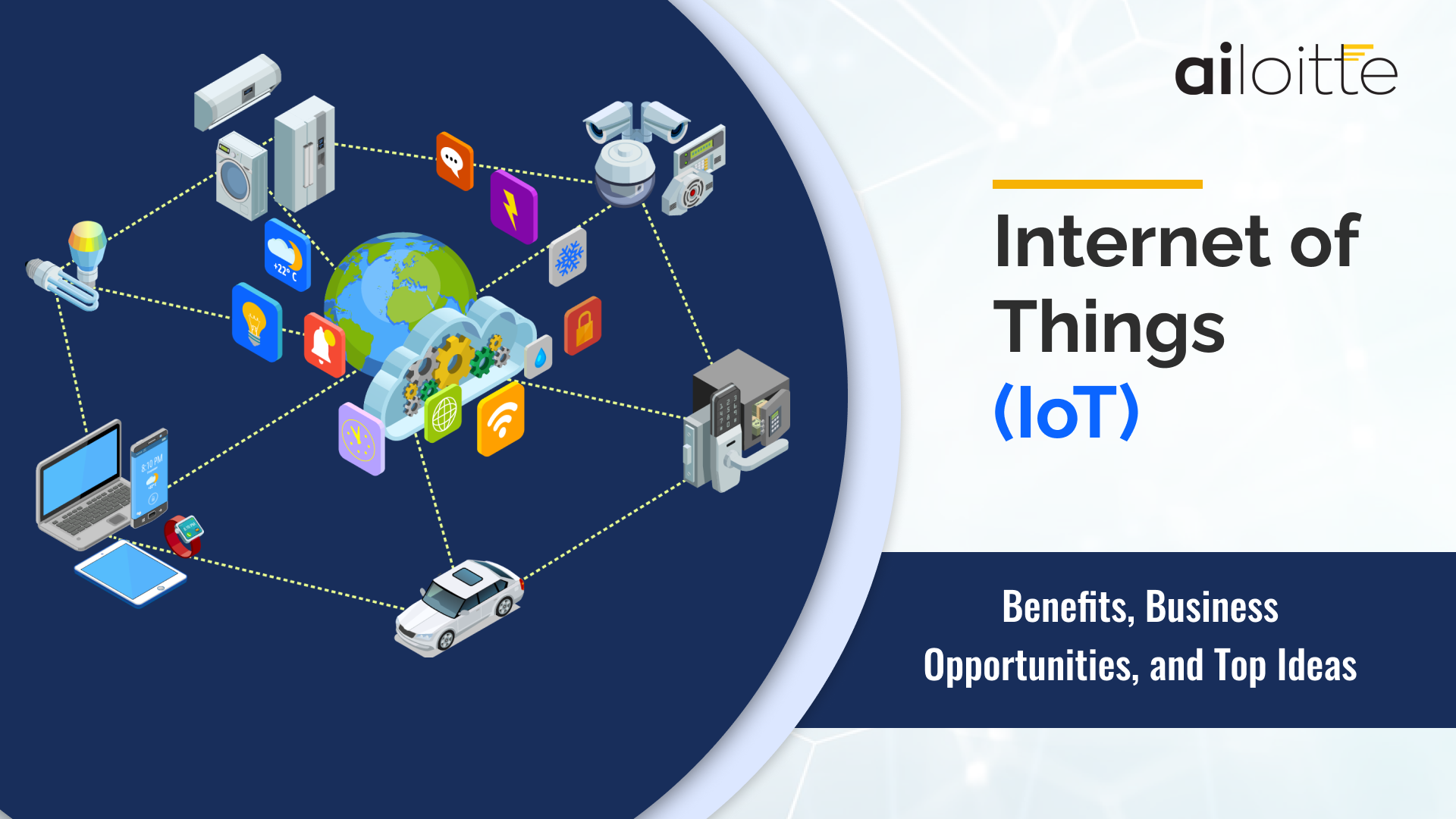
In a shocking incident that took place at Tesla’s Giga Texas factory near Austin, Texas, an engineer was allegedly pinned down by a robot, leaving a “trail of blood” on the factory floor. According to an incident report submitted to regulators by Tesla in 2021, witnesses described a “horrific scene” at the factory. The robot, which was designed to handle fresh aluminum car parts, “pushed” the engineer, “clawed at his back” and “left an open wound” on his left hand, according to the 2021 injury report filed by Tesla. When the engineer was freed after a colleague pressed an emergency stop button, he reportedly fell down a chute designed for collecting scrap aluminum and “left a trail of blood”. Although Tesla claimed that the engineer’s injuries did not require time off from work, this incident adds to the ongoing criticism of Tesla’s safety and accident reporting practices. In fact, data from the company’s Giga Texas plant shows a higher injury rate than industry average.
As an engineer, it’s important to imagine the future consequences of such incidents.
First, there’s a clear need to review and improve safety protocols that involve human-robot interaction. This includes improving emergency stop mechanisms, providing better training for employees working with robots, and using advanced sensors and AI to improve real-time monitoring.
In light of the reported injury reporting discrepancies, setting up an independent oversight body within the industry for workplace safety could be a step in the right direction. This body could carry out regular audits, make sure reporting is accurate, and create an environment of transparency and accountability. In the future, it is expected that the use of robots in the workplace will increase, which means that strong safety regulations and ongoing development programs must be put in place. Modern technologies have the potential to completely change the way humans and robots collaborate. Collaborative robots, or cobots, are outfitted with advanced sensors and machine learning tools that allow them to prioritize safety over productivity.
In summary, events such as the one at the Giga Texas plant highlight the possible dangers of advanced automation, but they also offer a chance for the sector to work together to resolve issues, improve safety protocols, and clear the path for a more secure and effective future in which humans and robots collaborate.




